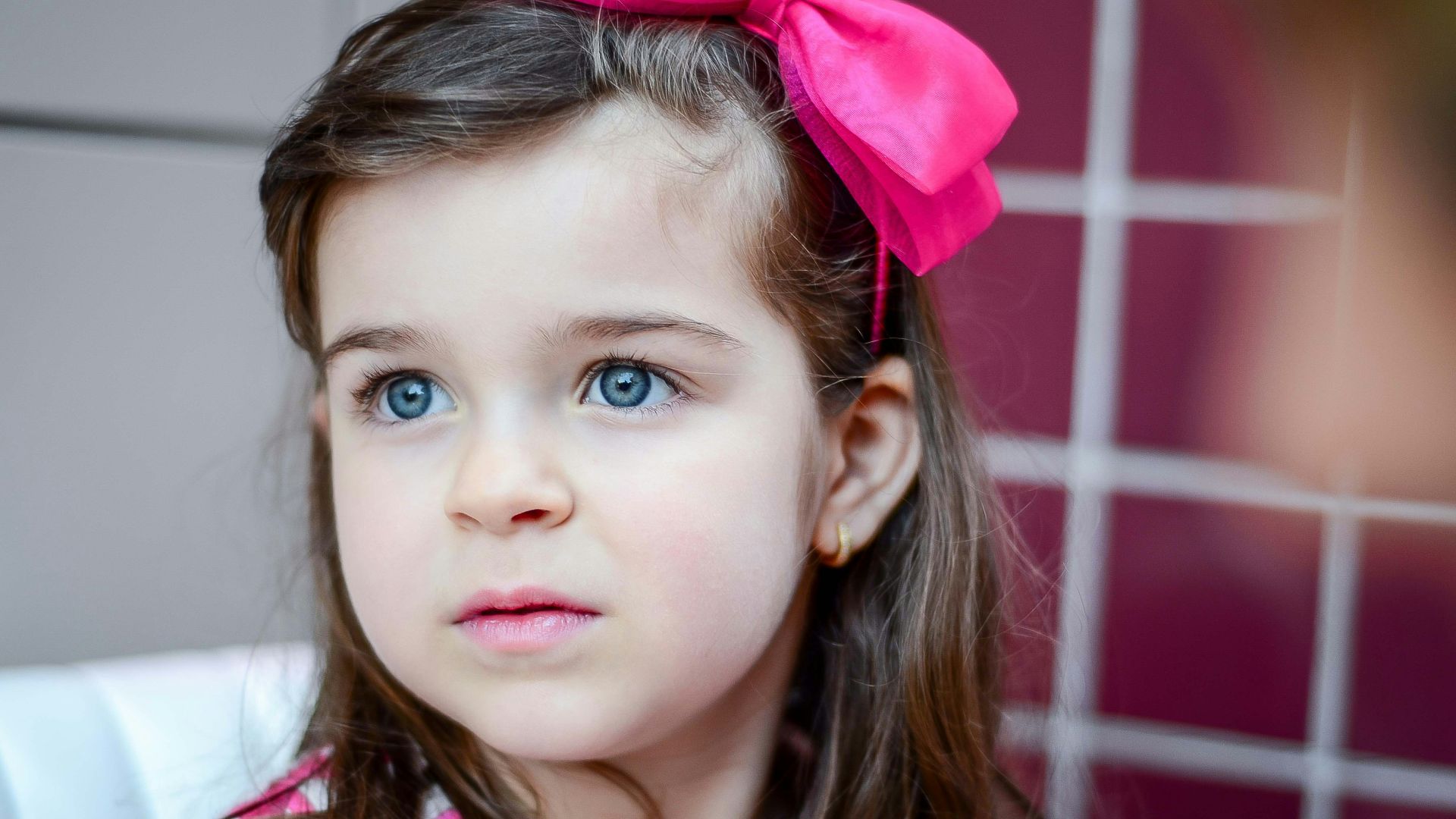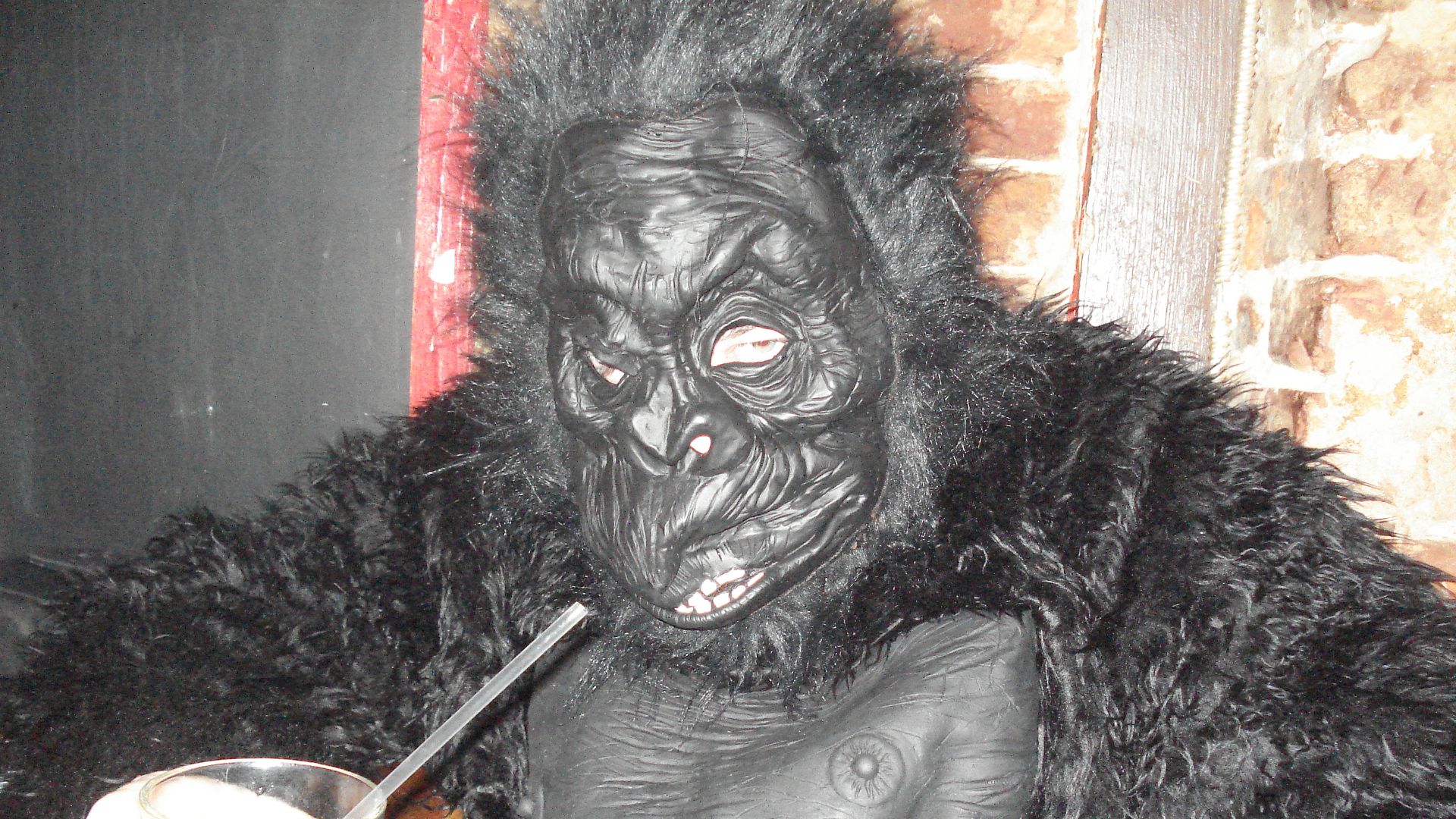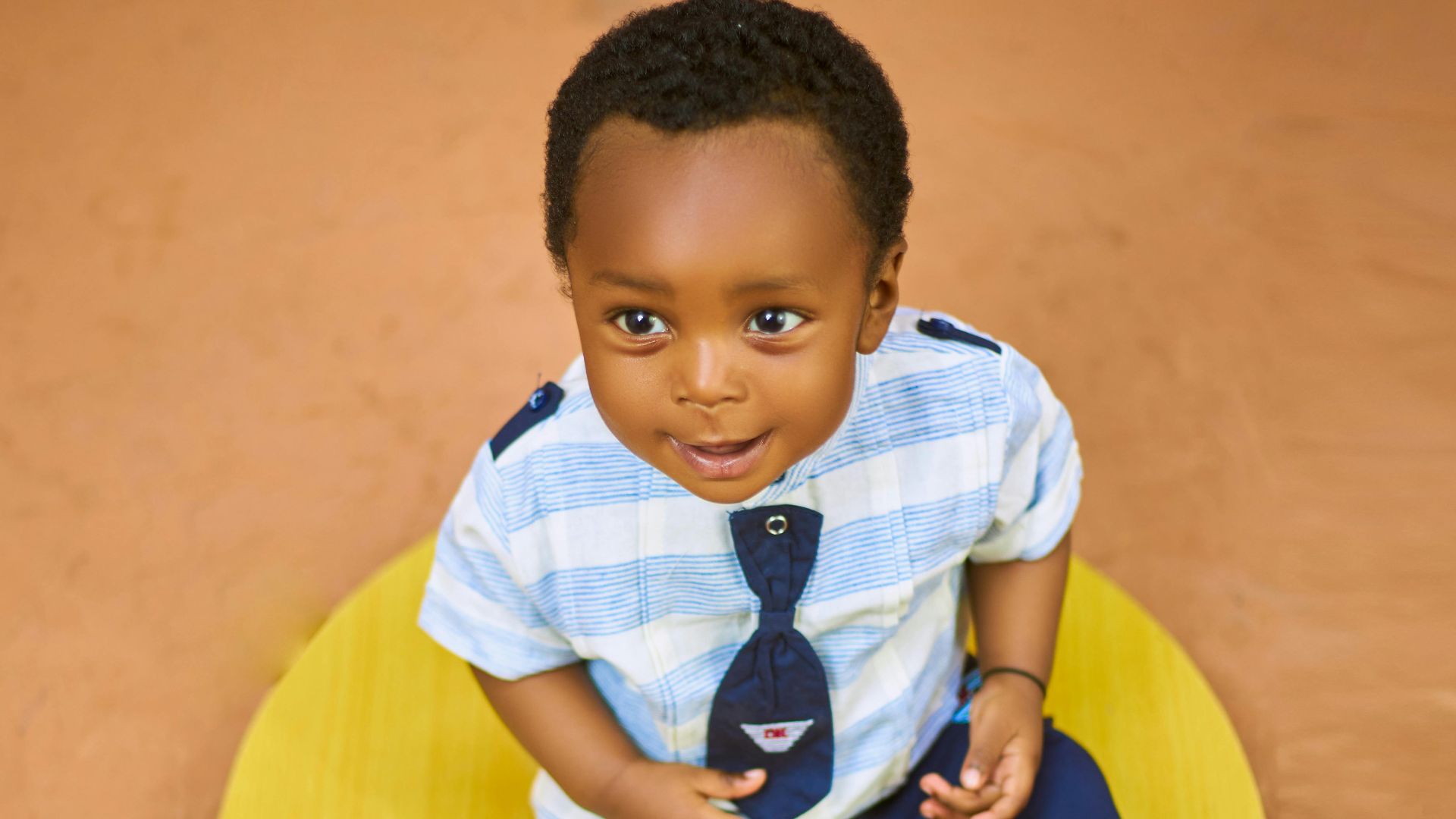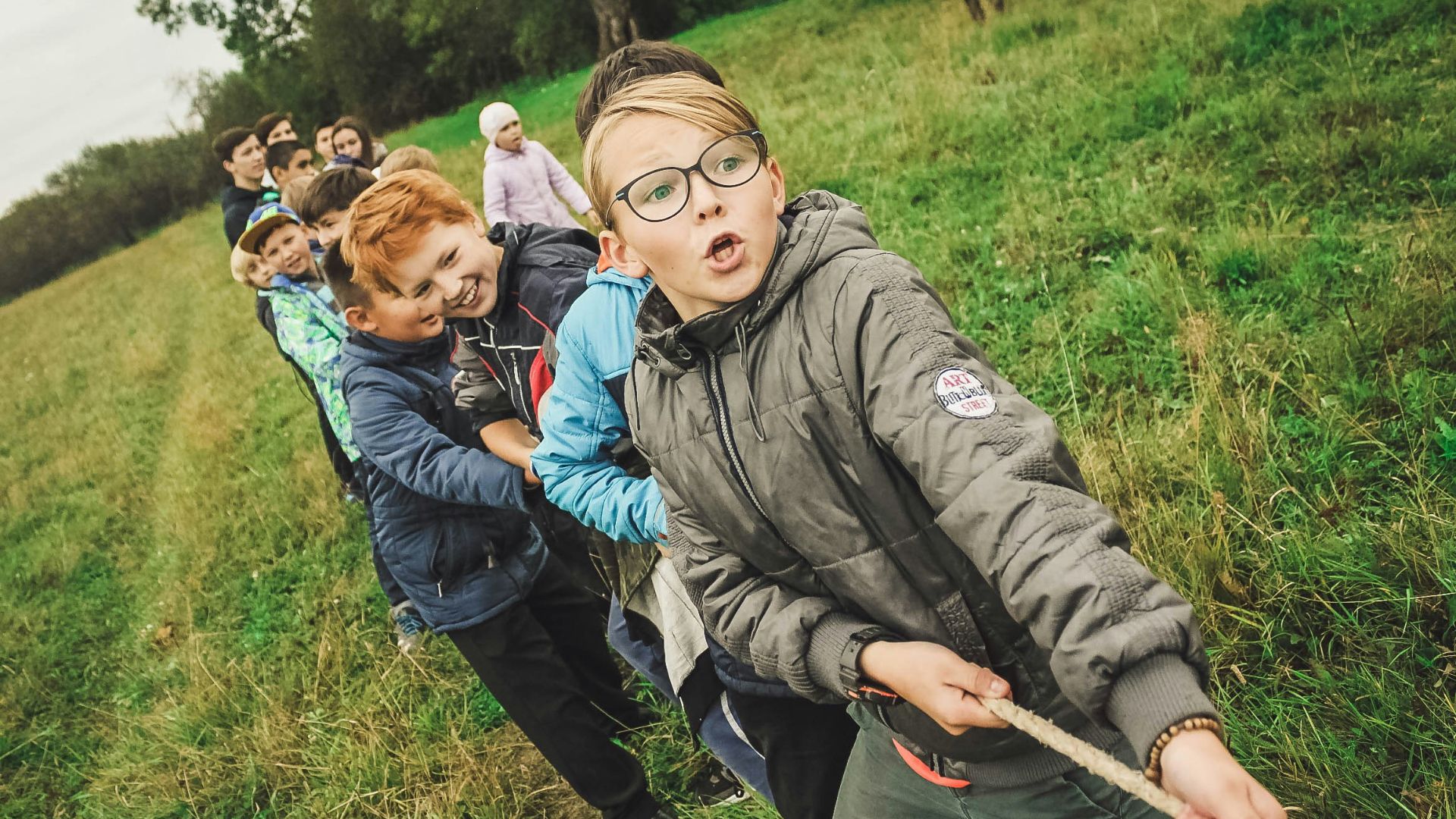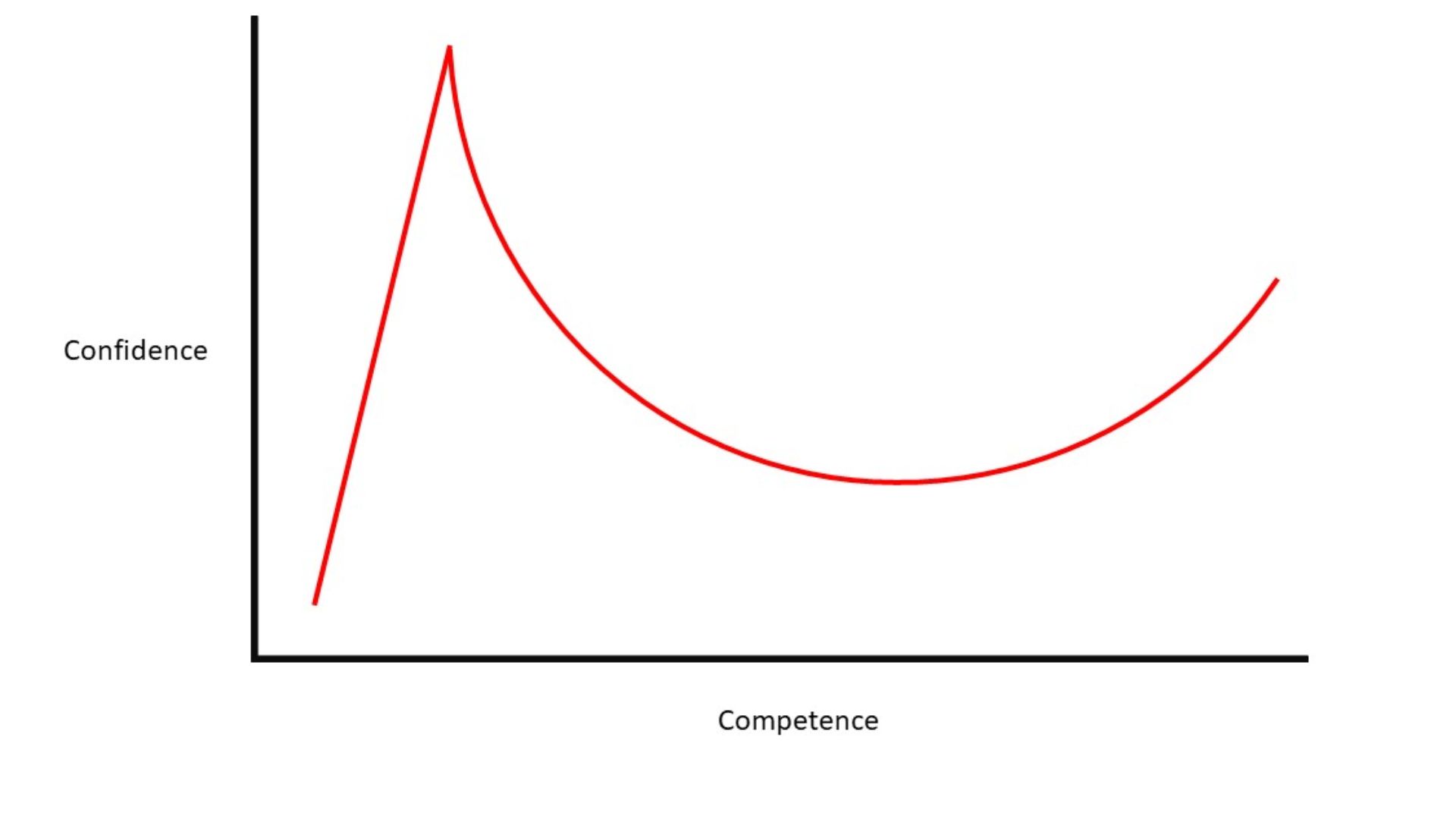Exploring the Human Mind
Ever wondered what makes people tick? Well, psychologists have been poking around our brains for ages trying to figure out the answer to that precise question. Their experiments have not only produced fascinating data but have also served to showcase a level of human ingenuity and creativity that often leaves us with even more questions. Here's a roundup of the top ten coolest psychology experiments that show how weird humans can be—even if they're the ones conducting the experiment!
1. Piano Stairs
Imagine walking through a subway station and suddenly finding yourself on a staircase that plays music with every step! That's what Volkswagen did to encourage folks to ditch the escalator. It turns out that when you make things fun, people change their perspective, even if it's something you wouldn't normally prefer. Stair usage shot up by 66% with this experiment.
 Victor.Aguirre-Lopez on Wikimedia
Victor.Aguirre-Lopez on Wikimedia
2. Carlsberg Social Experiment
Our nature is shaped in a way that we still "judge a book by its cover." Here's how Carlsberg proved it: At a packed cinema, the only seats left were next to a group of quite intimidating bikers. What did people do? Some "judged the bikers by their leather jackets." But the brave souls who dared to sit down were rewarded with free "Carlsberg" and cheers from the audience.
3. Pygmalion Effect
In an elementary school, teachers were told that certain students were "intellectual bloomers," So the teachers encouraged them to perform. However, these students were randomly selected. But at the end of the year, the results were astonishing. Those students actually gained higher IQ scores compared to their peers. This is a classic example of how motivation changes us.
 Ekaterina Pankova on Wikimedia
Ekaterina Pankova on Wikimedia
4. IKEA Effect
Here we have the IKEA Effect: People were observed valuing those items they've assembled themselves way more than pre-made ones, even if the assembled ones were wobbly and poorly constructed. So, the study conveyed that humans feel more satisfied with the products they work on. After all, nothing says "I'm proud" like an uneven bookshelf.
5. Invisible Gorilla
Can you miss something obvious even if it's right in your face? Turns out, you can. In this study, half the participants watching a basketball video failed to notice a person in a gorilla suit walk through. It may seem like a silly experiment, but it showed selective attention can oftentimes blind us to the bizarre.
6. The "Strange Situation"
Different personalities can emerge even in the tiniest humans. The "Strange Situation" Experiment observed how infants reacted when left alone in a room with their mothers and then reunited. Some babies would throw epic tantrums while others seemed completely unfazed—like they were saying, "See ya, Mom! I've got toys to explore!"
7. The “Robbers Cave” Study
In this classic study, Muzafer Sherif took a group of boys to a summer camp and split them into two rival teams. Competition led to fierce hostility, involving pranks and physical fights. However, when they were later forced to work together on shared goals, like fixing a broken water supply, cooperation emerged. Who knew our goals could affect our personalities to such extremes?
8. Dunning-Kruger Effect
Confidence doesn't always correlate with skill, and this study proved it. Participants took a quiz on grammar and then rated their performance. Those who scored the lowest were often the ones who rated their performance high. They were highly confident. On the other hand, people who scored higher were more modest about their knowledge and rated their performance lower.
9. Blue Eyes/Brown Eyes
Jane Elliott's eye color experiment took prejudice to a whole new level. She told kids who had blue eyes that they were superior to those with brown eyes, leading to some exaggerated behaviors. Kids strutted around like they owned the place. This was a wild reminder of how silly biases can be when we put them under the microscope.
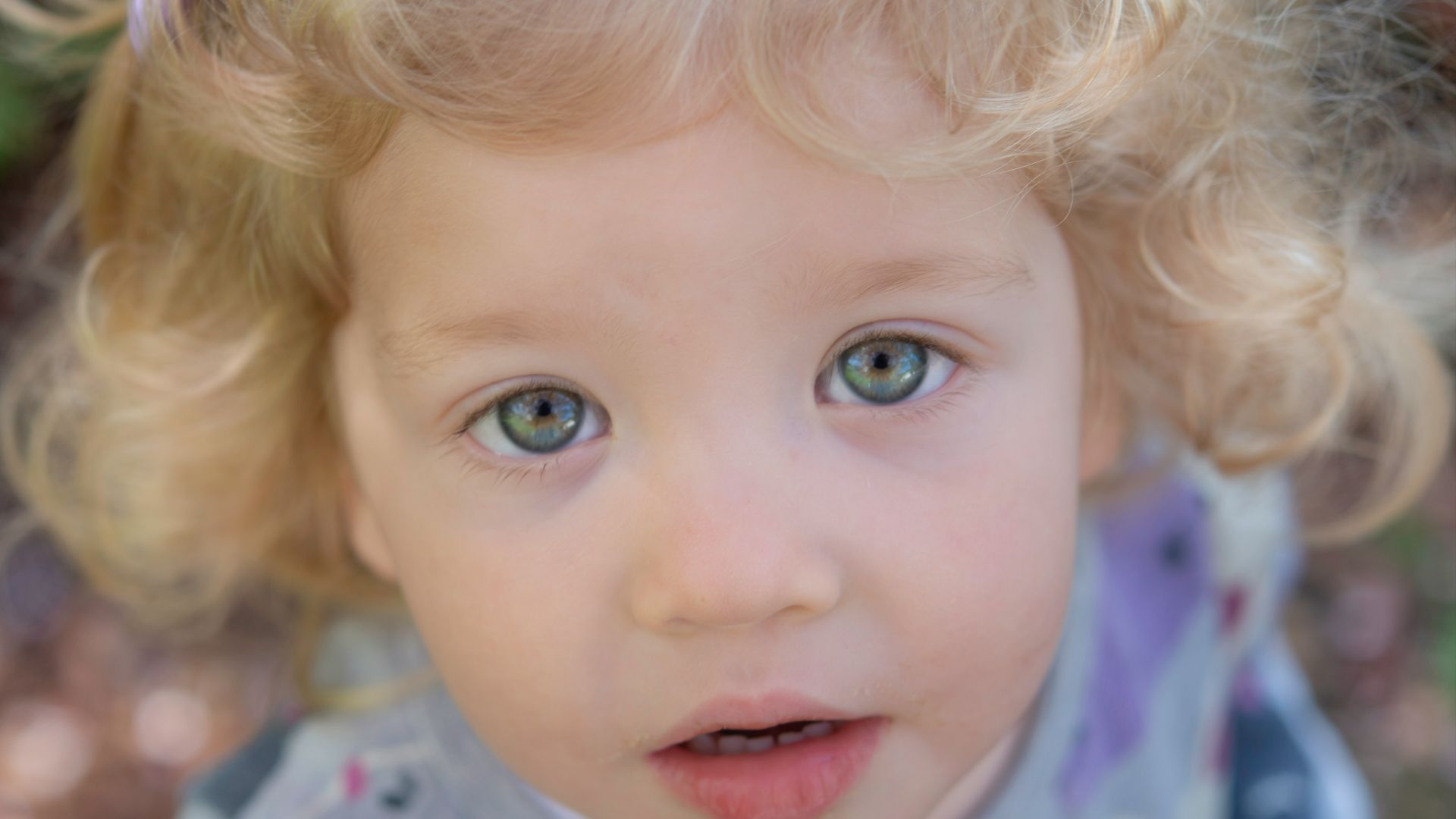 Cristina Anne Costello on Unsplash
Cristina Anne Costello on Unsplash
10. The “Good Samaritan”
This study looked at whether people would help someone in distress when they were in a hurry. Most people (even future pastors) rushed past those who were clearly in need. It was kind of sad—like a real-life version of "Don't be that guy." Results proved that we're so wrapped up in our lives that we often avoid helping others.


